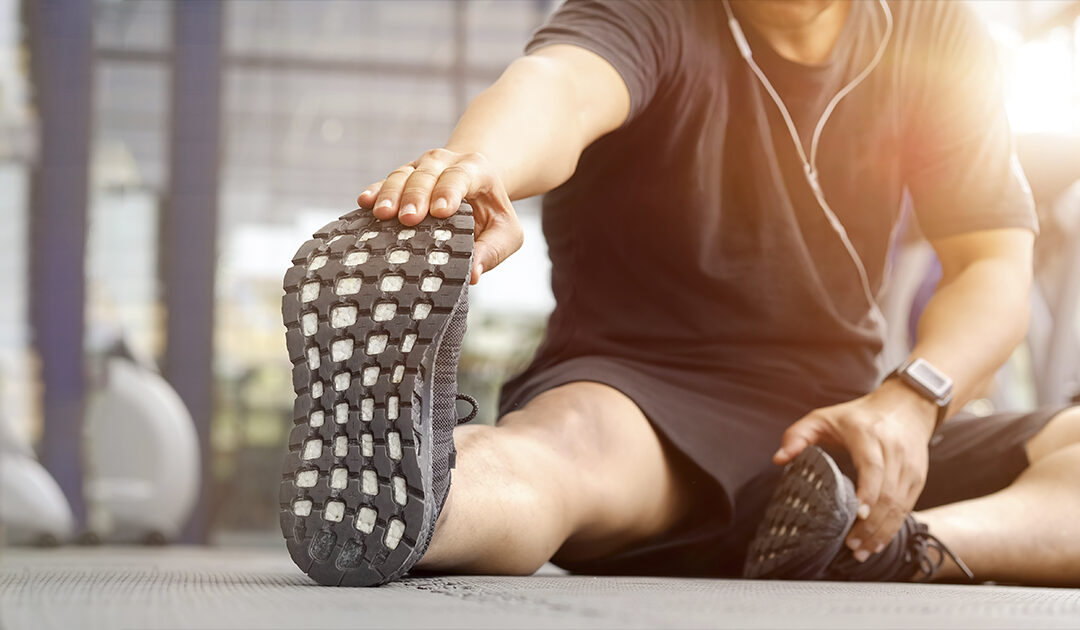
by Comprehensive Orthopaedics | Jul 15, 2021 | Ankle
Modern, flexible boots may be just as good as old-school plaster casts when it comes to treating broken ankles, new research suggests. Often related to sports, traffic accidents or falls, broken ankles can be simple breaks in one bone or more complicated fractures...

by Comprehensive Orthopaedics | Jul 14, 2021 | Foot
When you tackle home and yard projects this summer, be sure to protect your feet and ankles. “Feet may be the last thing people think about while working on home-improvement projects, but we see so many different types of foot and ankle injuries in our office...

by Comprehensive Orthopaedics | Jul 14, 2021 | Spine, Wellness
Although tens of millions of Americans turn to muscle relaxants for lower back pain relief, a new Australian review finds little evidence that such drugs actually work. That’s the conclusion of a deep-dive into 31 prior investigations, which collectively...



